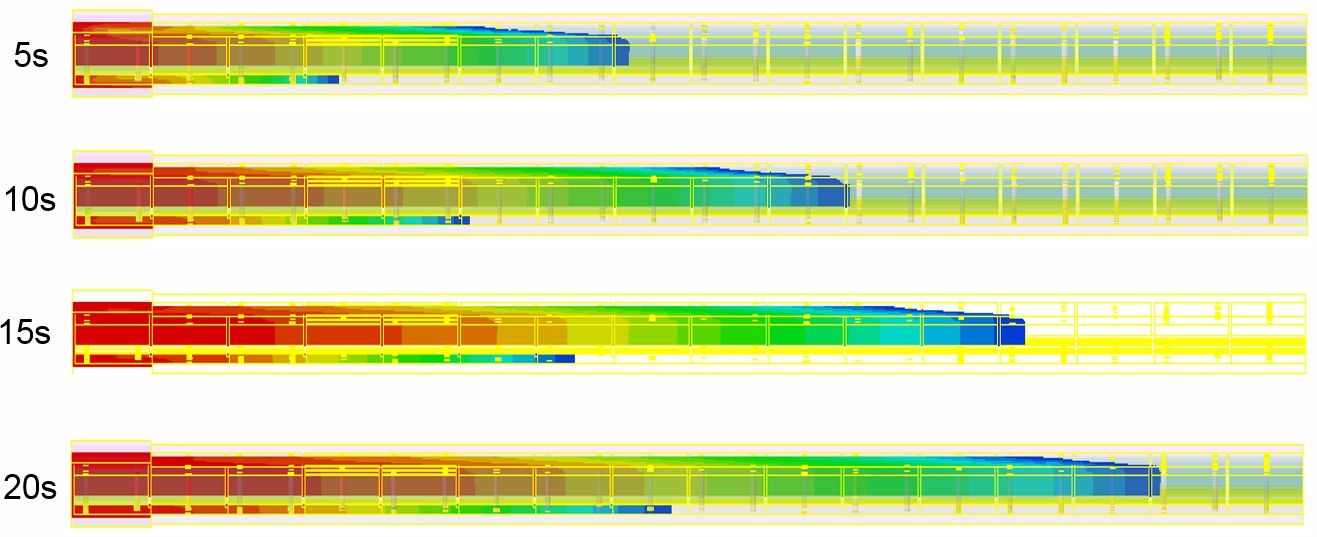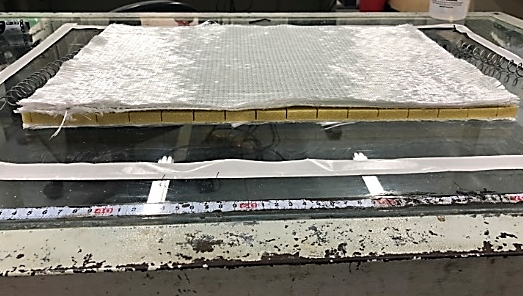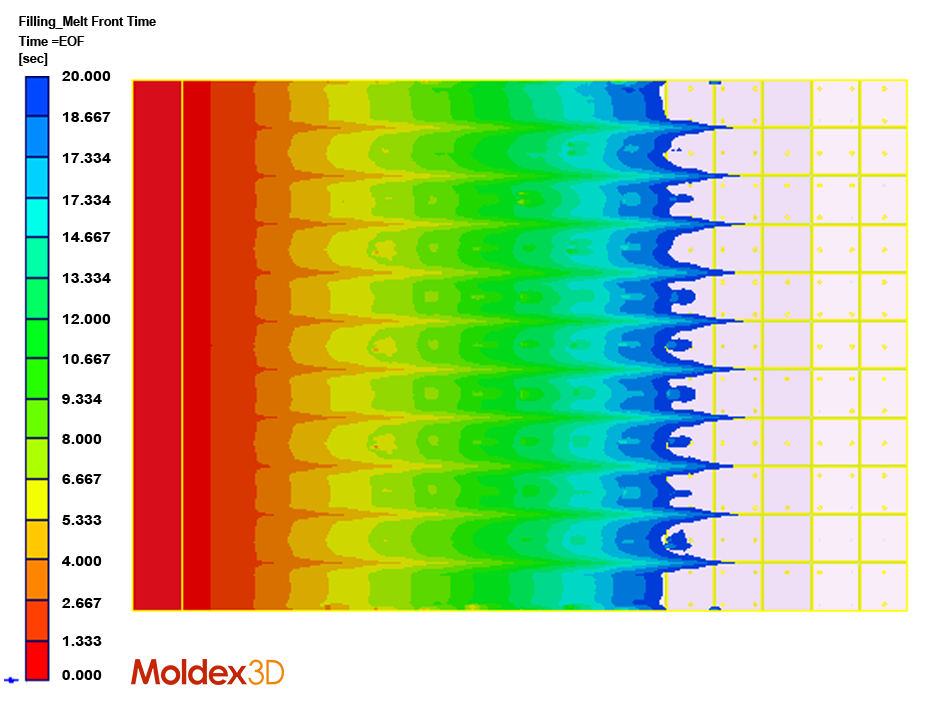
STUDENT CATEGORY
SECOND PRIZE WINNER

Project Name: Validation of PVC Sandwich-Structured Composite VARTM Process with Moldex3D RTM Simulation
School: National Tsing Hua University
By Cheng-Yi Yang, Yi-Kai Kao
 Summary
Summary
Most of the wind turbine blades today are manufactured from composite materials. The composite material wraps the core material with a certain number of fiber layers to form a sandwich structure, which can effectively reduce the weight of the blades while maintaining structural strength. Currently, most of the core materials are made of PVC and Balsa wood. To facilitate the resin infusion process, grooves with certain size are cut into the surface of the core. In order to obtain accurate simulations results, it is necessary to simulate the fiber mat and the grooves simultaneously, and which requires a different simulation method different from the traditional one.
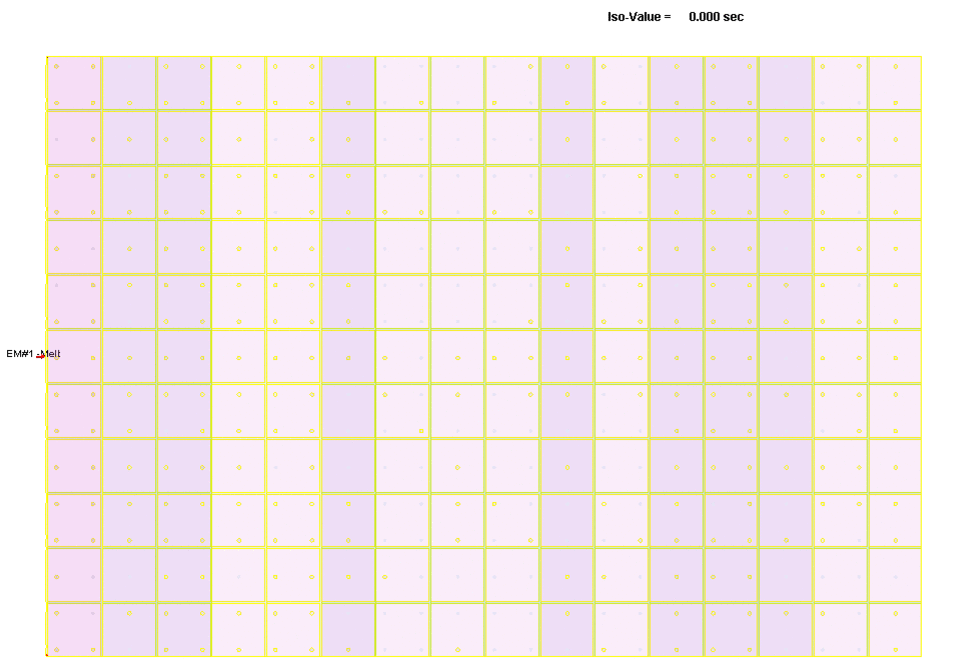
 Challenges
Challenges
Since the core material contained grooves and channels, the team was tasked not only with simulating the fiber mat but a more complex geometry, and which increased the difficulty in obtaining accurate simulation results.
 Solutions
Solutions
Moldex3D RTM can define and assign different material properties and fiber orientation to each layer, which helps streamline the complex RTM simulation workflow. With the help of Moldex3D RTM’s capability for equivalent permeability simulation, the Tsing Hua team could accurately predict and capture the flow behaviors inside the grooves and the channels, which matched well with the experimental results.
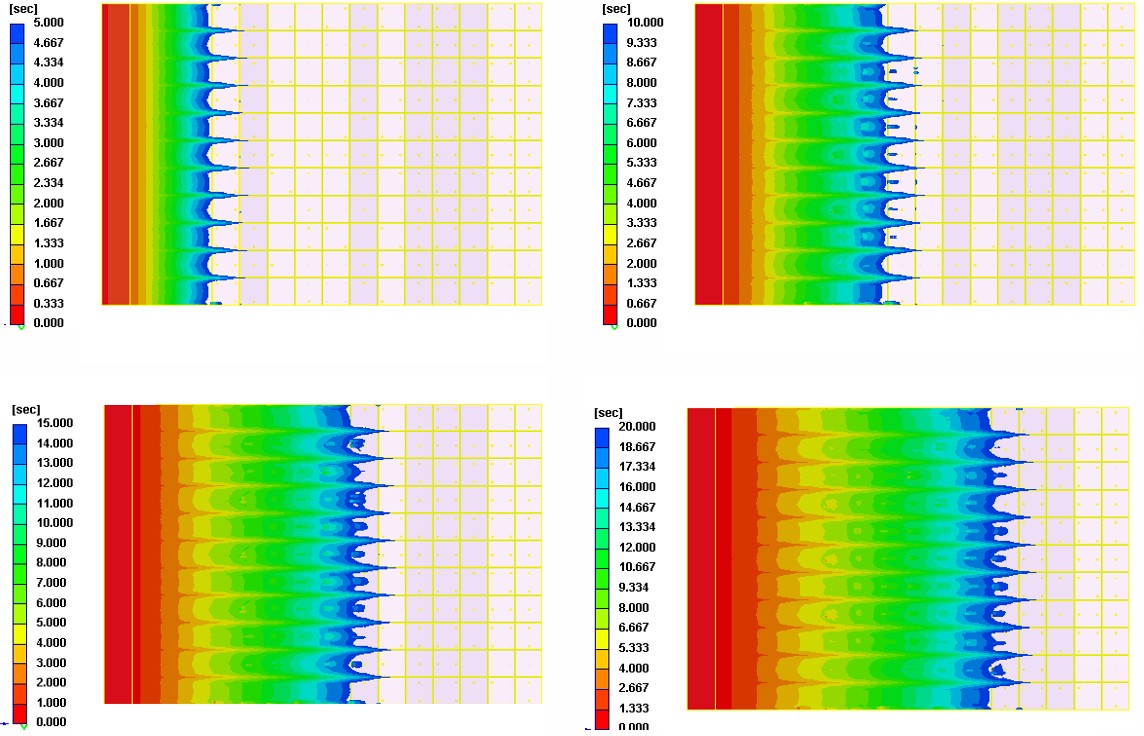
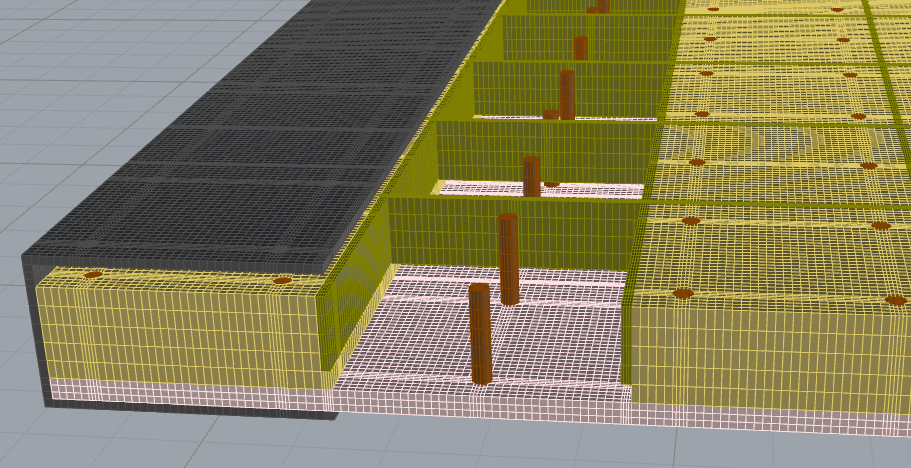
 Benefits
Benefits
- Enable realistic simulation of composite sandwich structures
- Streamlined RTM simulation process to reduce product development time
- Process optimization
